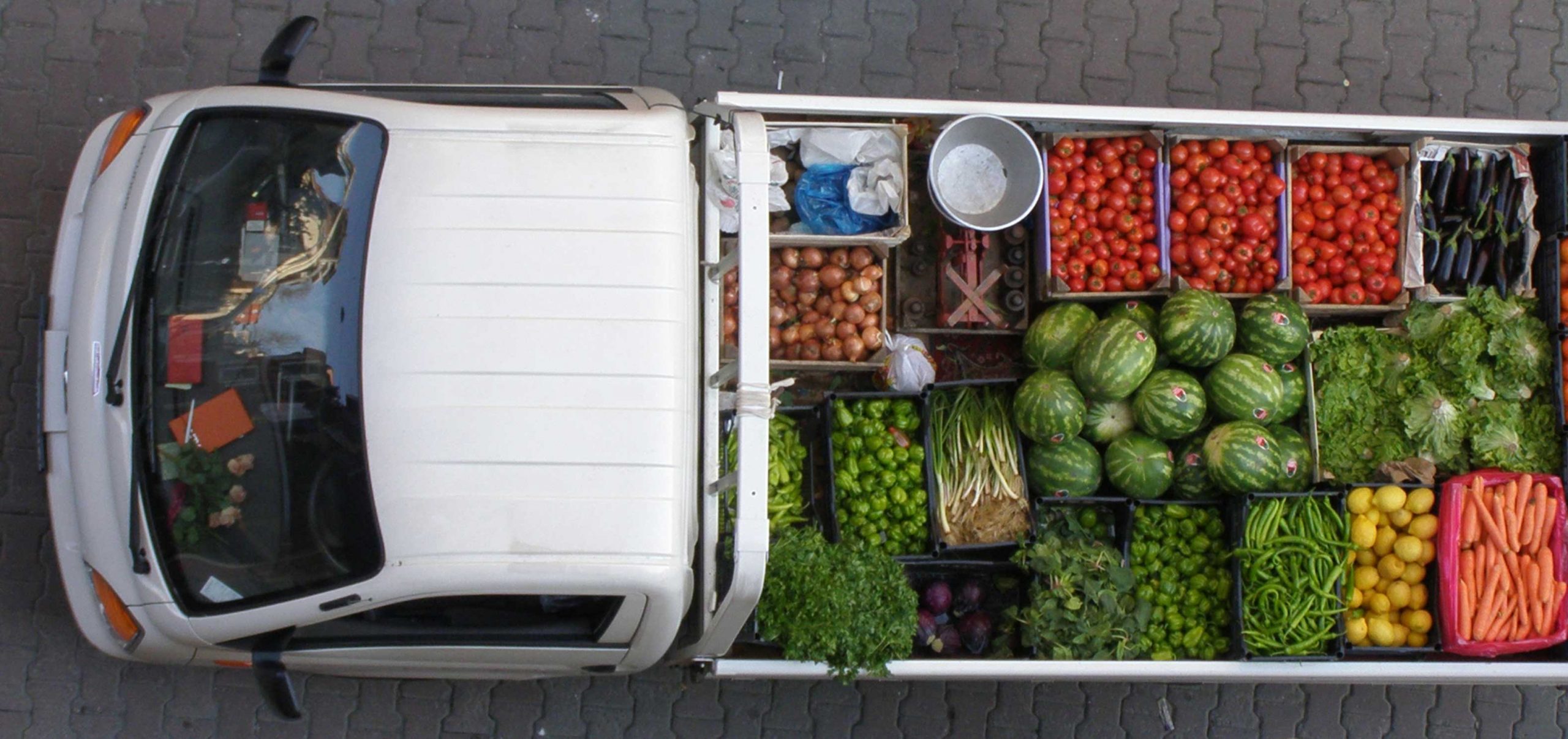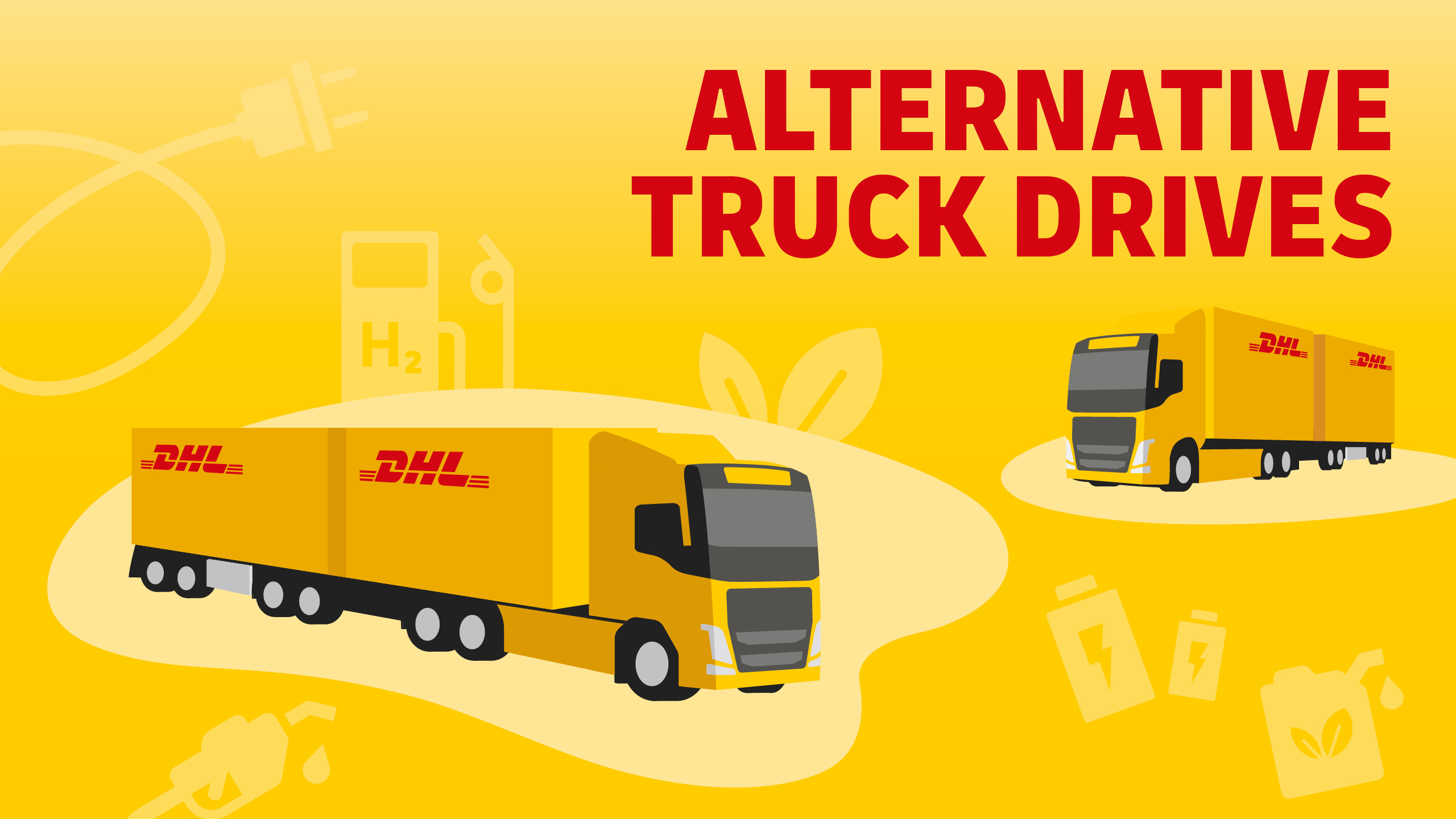
<!--[CDATA[
Current study results show: Omni-channel is one of the important future trends in food logistics. That means new challenges for manufacturers, retailers and – of course – logistics. Food logistics is an industry that has always shown a high amount of dynamics. In recent years, however, this has increased even more, as the newly published study “Zukunftstrends der Lebensmittellogistik“ (Future Trends in Food Logistics) by the Department of Logistics at the TU Berlin, Germany, has found out. Accordingly, changing consumer behaviour has led to new trends that will significantly influence the supply chains of tomorrow.
Efficient omni-channel logistics
The digitalisation of society is leading to the spread of models like e-commerce in the food industry and home delivery. This is causing the food retail sector to provide new delivery services and to expand its core business through trend-oriented services. At the same time, the available space in cities for appropriate storage is limited, which in particular makes the last mile to the consumer difficult and costly. The Berlin scientists see the solution in creating efficient omni-channel logistics, which combine the hitherto separate logistics systems for online and stationary customers. This is where not only retailers but also logistics service providers will have to act in future. They should back innovative concepts that provide dealers with clear benefits in terms of efficiency. It will therefore be important to devise bundling strategies to enable the provision of smaller packages from the surrounding area as compactly as possible via distribution centres. Central delivery services for convenience foods may one day be able to replace the many individual delivery services. And the centralized return of unneeded food, either to social institutions or for example to biogas plants, is also a conceivable idea.
Avoiding waste
The latter aspect is also reflected in the Technical University of Berlin’s recommendation that manufacturers, retailers and logistics providers should make a concerted effort to reduce food wastage along the supply chain. The required better integration of the IT of all three parties also serves to fulfil this purpose. This would, for example, enable much better verification that the cold chain is maintained. A positive side effect: The transparency that is being increasingly demanded by consumers when buying food can thus be provided relatively easily through appropriate apps based such integrated IT.
Upgrading vehicles
When it comes to the vehicles, the researchers from Berlin see particular demand for action in the last mile of the distribution chain. This particularly includes alternative drive systems and multi-compartment vehicles, which combine different environmental conditions on a single platform. It is thus clear that there are a number of future areas of action that have to be dealt with in the food logistics sector.



